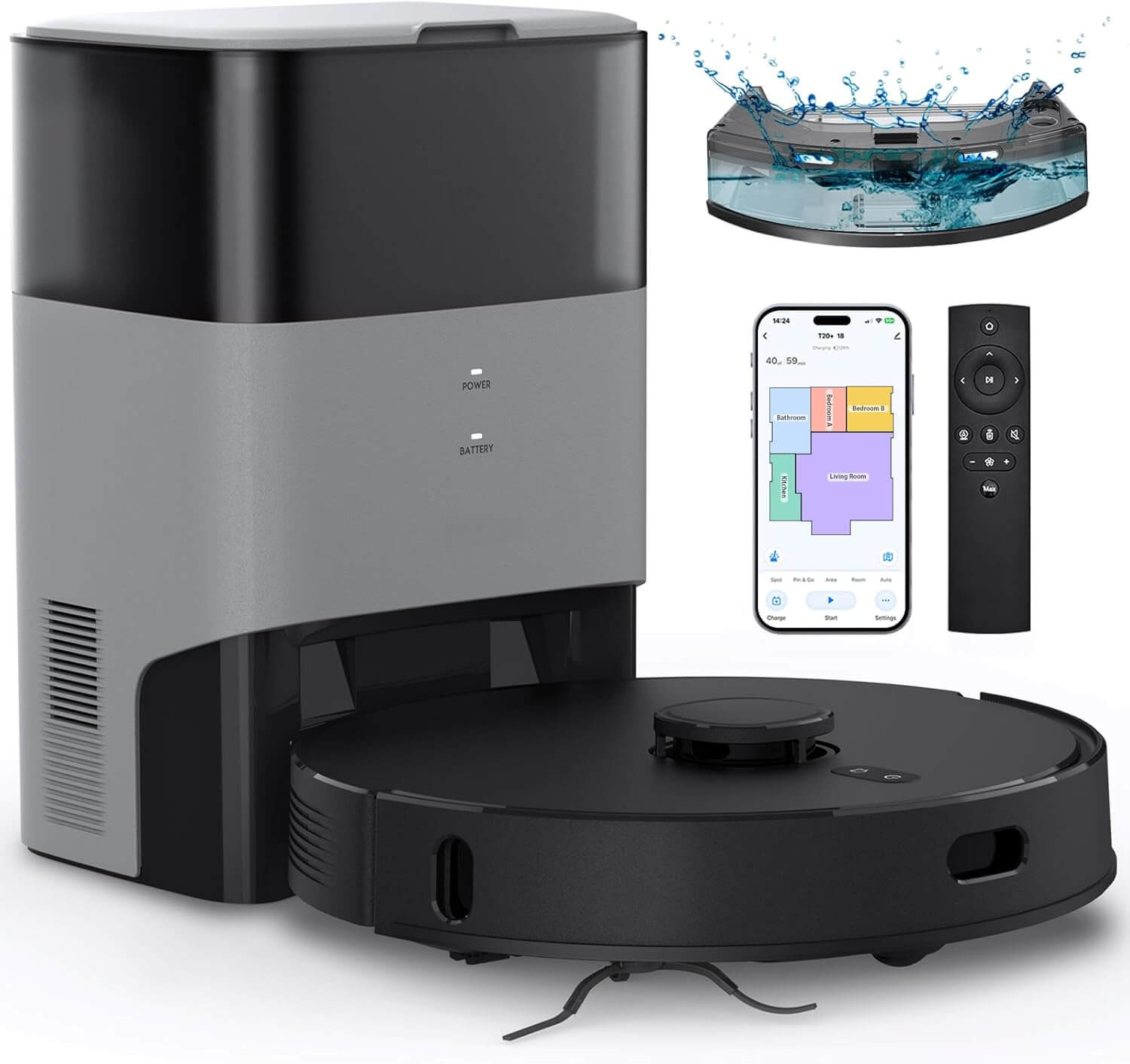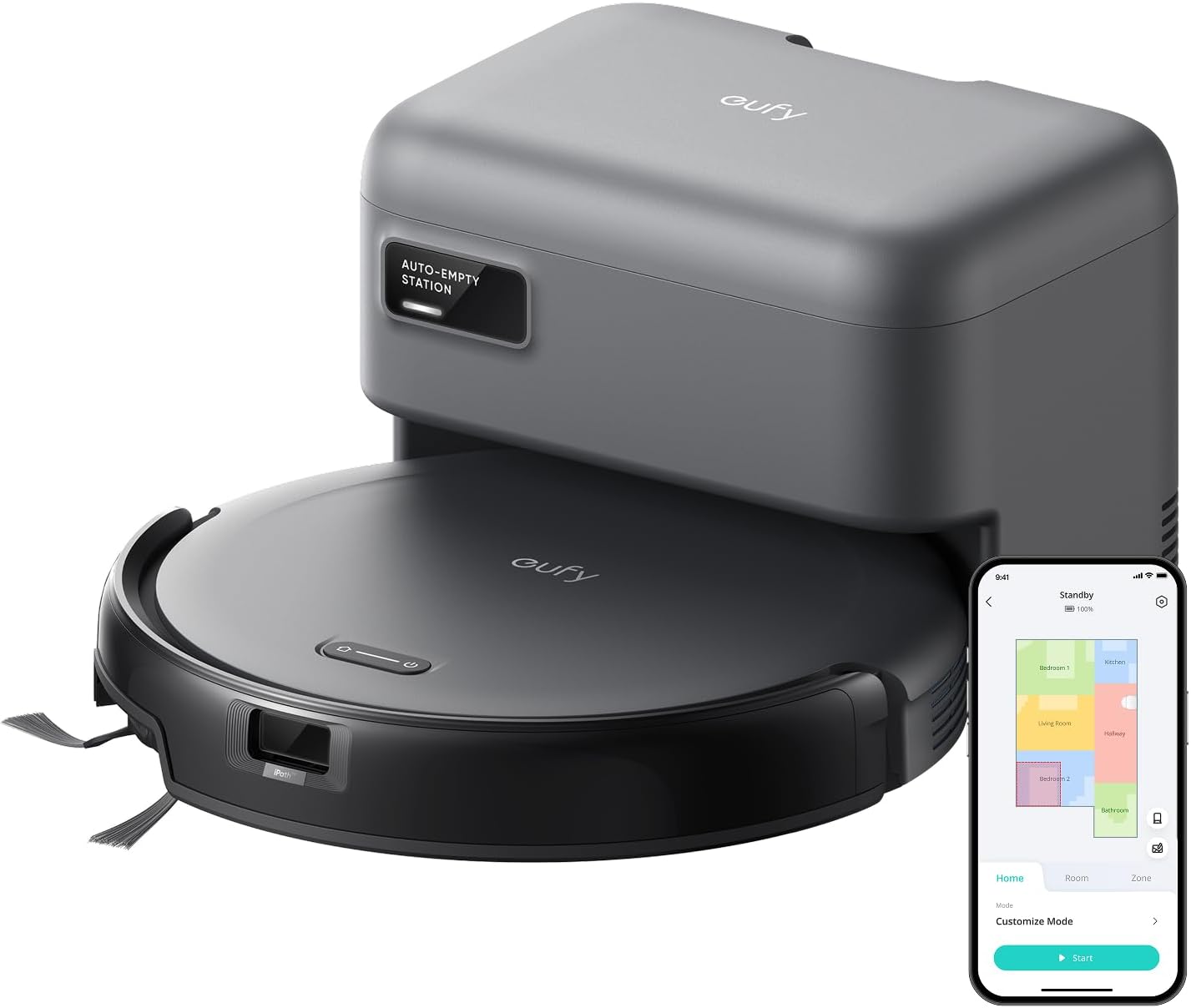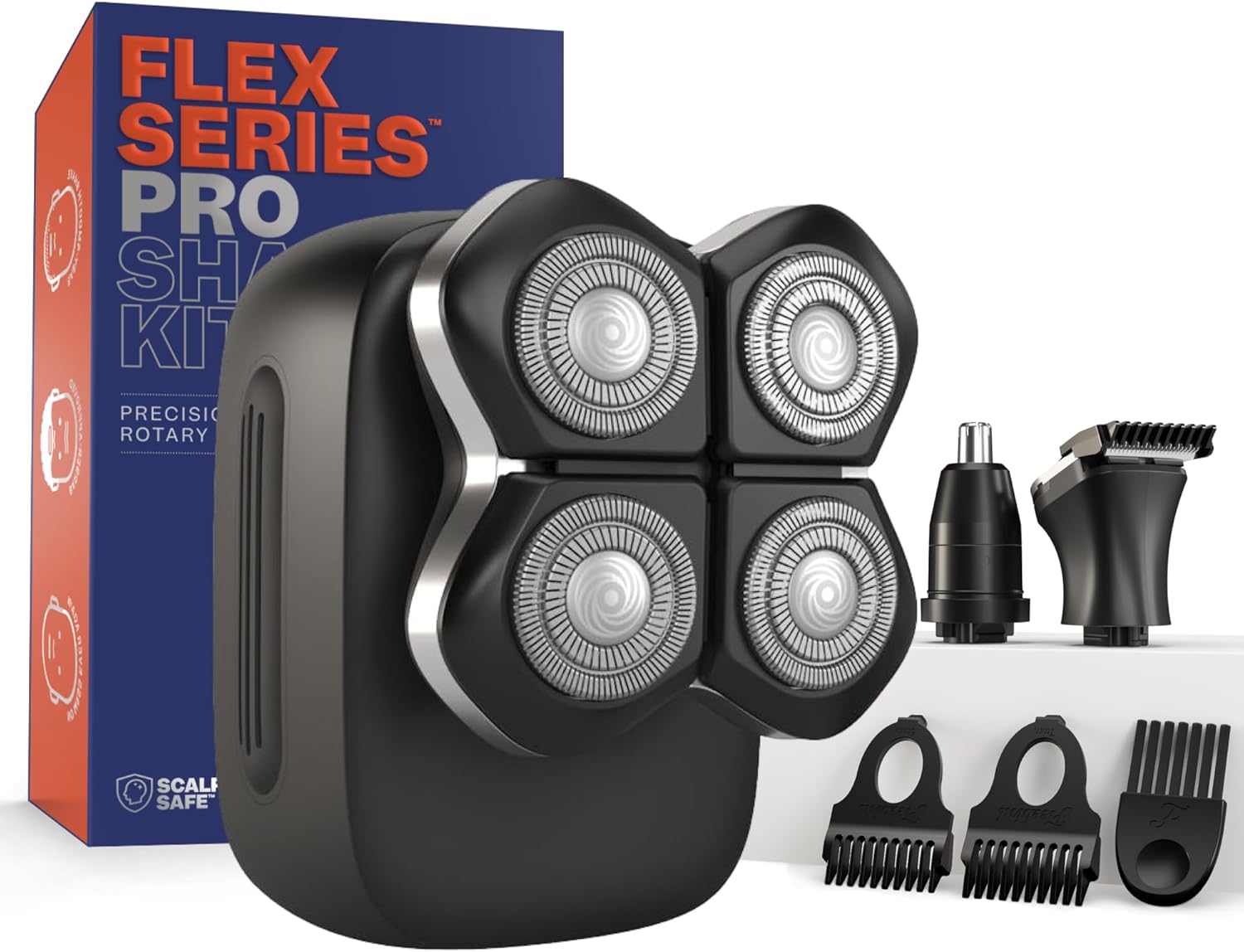Introduction to WiFi 6 and Mesh Networking
WiFi 6, officially known as 802.11ax, represents the latest evolution in wireless networking technology. This advancement is designed to address the growing demands for speed, capacity, and connectivity in increasingly dense environments. By utilizing advanced technologies such as Orthogonal Frequency Division Multiple Access (OFDMA), MU-MIMO, and 1024-QAM, WiFi 6 significantly enhances the efficiency of data transfer. This means that multiple devices can connect simultaneously without compromising speed, making it ideal for households equipped with numerous smart devices that rely on seamless internet access.
In regards to mesh networking, this approach involves multiple interconnected routers working together to create a unified network. Unlike traditional routers that may struggle to cover larger areas, mesh systems employ multiple access points to provide consistent wi-fi coverage throughout the home. This results in a more reliable internet connection, minimizing dead zones and ensuring that devices receive a stable signal at all times. Mesh networking complements WiFi 6 perfectly, as the latter’s enhancements in bandwidth and data handling capabilities help sustain multiple connections, a functionality crucial for smart homes laden with IoT devices.
As smart home technology continues to rise, achieving seamless connectivity becomes more essential than ever. Devices such as smart speakers, thermostats, and security cameras all demand uninterrupted internet access to function optimally. Therefore, integrating WiFi 6 with a mesh networking solution like the TP-Link Deco AX3000 offers an effective way to meet these demands. Not only does this setup assure higher speeds and expansive coverage, but it also embraces the future of networking as more devices come online in our day-to-day lives. The combination of WiFi 6 technology and mesh networking forms a foundational element in creating a robust digital home environment.
Overview of the TP-Link Deco AX3000 WiFi 6 Mesh System
The TP-Link Deco AX3000 WiFi 6 Mesh System, also known as Deco X55, represents a significant advancement in home networking technology, designed to provide robust wireless coverage across expansive areas. With the ability to cover up to 6500 square feet, this mesh system is particularly well-suited for larger homes and environments where traditional routers may struggle to maintain reliable connectivity. The sleek and modern design of the Deco X55 not only enhances the aesthetic of any room but also incorporates advanced technology to ensure optimal performance.
At the heart of the Deco X55 is its dual-band capability, which operates on both the 2.4 GHz and 5 GHz frequency bands. This functionality enables users to benefit from faster speeds on the 5 GHz band while still maintaining compatibility with devices that may only support the 2.4 GHz band. Such flexibility is crucial for households that utilize various smart devices, including smartphones, tablets, and home automation systems. Furthermore, each unit in the system is equipped with three gigabit Ethernet ports, allowing for wired connections to devices such as gaming consoles or desktop computers, enhancing overall network stability and speed.
The Deco AX3000 WiFi 6 Mesh System also supports Ethernet backhaul, an important feature that allows units to communicate with one another through wired connections. This capability improves overall speed and reduces latency, ensuring seamless streaming, gaming, and browsing experiences throughout the home. Advanced technologies such as MU-MIMO and Beamforming further optimize device communication, directing signals specifically to connected devices, which enhances coverage and efficiency. Overall, the TP-Link Deco X55 offers a comprehensive solution for modern networking needs, ensuring that every corner of a home is equipped with reliable WiFi coverage.
Key Features of Deco X55
The TP-Link Deco X55 is a standout component within the WiFi 6 mesh system category, designed to meet the diverse demands of modern users. One of its most notable features is its remarkably easy setup process. Users can effortlessly establish a secure and stable network within minutes, thanks to the intuitive interface provided by the Deco app. This application not only assists with setup but also allows users to manage their network settings seamlessly, making it accessible for individuals with minimal technical expertise.
Security is another cornerstone of the Deco X55’s design. The system incorporates advanced features such as TP-Link’s HomeShield, which provides robust protection against online threats, ensuring that connected devices remain secure. With options like antivirus capabilities and network security checks, users can enjoy peace of mind while browsing, gaming, or streaming. This emphasis on security is particularly beneficial for families or those who engage in online activities that require an extra layer of protection.
Furthermore, the Deco X55 is highly compatible with a wide range of devices, making it an excellent choice for users with multiple smart gadgets. Whether it is smartphones, tablets, or smart home devices, the Deco X55 accommodates them all, providing a fast and reliable connection. With features like band steering and beamforming technology, the system optimizes network performance, ensuring smooth connectivity for high-demand activities, including gaming and 4K streaming.
Overall, the TP-Link Deco X55 stands out thanks to its user-friendly design, comprehensive security measures, and compatibility with various devices. These elements combine to address the needs of users at all levels, delivering a powerful mesh WiFi system that performs efficiently in both casual and intensive environments.
Comparison: Mesh Routers vs. Standard Routers
When evaluating the performance and practicality of wireless networks, the distinction between mesh routers and standard routers is paramount. Standard routers typically rely on a single access point to transmit signals. This can lead to challenges in coverage, especially in larger homes or spaces with obstacles that can hinder signal strength. In contrast, mesh routers utilize multiple nodes that work together to create a seamless network. This design significantly improves coverage area, eliminating dead zones that often plague traditional setups.
Signal strength represents another critical area of comparison. Standard routers may struggle with consistent performance, particularly when multiple devices are connected or when users are far from the router. With high client density, standard routers can slow down, causing user frustration. Mesh systems, like the TP-Link Deco AX3000, distribute the workload among various nodes, ensuring that devices closest to them receive robust signals. This dynamic allocation enhances overall network stability and speed, producing a superior user experience.
Installation processes differ remarkably between these two types of systems. Standard routers may require intermediate networking knowledge for optimal setup, including appropriate placement and configuration settings. On the other hand, modern mesh systems are designed for user-friendly deployment, often featuring mobile apps that facilitate straightforward installation and uninterrupted connectivity. These apps also provide instant access to network management tools, allowing users to monitor device connectivity and performance easily.
Furthermore, device connectivity varies significantly between the two systems. Mesh routers support more simultaneous connections without sacrificing performance, making them ideal for households or environments filled with smart devices. Standard routers, while capable, may falter under the pressure of numerous active connections, prompting slowdowns. Overall, the advantages of mesh systems are increasingly evident, especially for users seeking robust, reliable, and versatile home networking solutions.
Pros and Cons of the Deco X55
The TP-Link Deco AX3000 WiFi 6 Mesh System, also known as the Deco X55, is a robust solution designed to meet the demands of modern internet usage. One notable advantage of the Deco X55 is its extensive coverage. Each unit can cover up to 2,000 square feet, making it a suitable choice for medium to large homes. By utilizing mesh networking technology, the Deco X55 enables multiple units to work harmoniously, ensuring a strong signal throughout the household, even in hard-to-reach areas.
Another significant benefit of the Deco X55 is its seamless roaming capability. As users move throughout their homes, the system automatically connects devices to the strongest signal available. This feature minimizes interruptions and supports a smoother online experience, particularly when streaming video or engaging in video conferencing. Additionally, the Deco app facilitates easy management of the network, allowing users to monitor connected devices, set parental controls, and run speed tests with just a few taps.
However, potential drawbacks should also be considered. One of the primary concerns is the price point; the Deco X55 tends to be on the higher end of the market compared to other mesh systems. While the investment can be justified by its performance and features, budget-conscious consumers may find it challenging to justify the cost. Furthermore, some users may encounter setup complexities, especially those unfamiliar with networking devices. Although the Deco app simplifies the installation process, initial configuration may still pose challenges for certain individuals, leading to frustration during setup.
In summary, the TP-Link Deco X55 offers several compelling advantages, including extensive coverage, seamless roaming, and user-friendly management. However, potential buyers should weigh these benefits against the system’s cost and the possibility of setup difficulties to determine if it is the right choice for their specific needs.
Performance Review: Real-World Testing
The TP-Link Deco AX3000 WiFi 6 Mesh System (Deco X55) has garnered attention due to its robust performance in real-world testing scenarios. To evaluate its efficacy, various aspects such as speed tests, coverage checks, and multi-device performance were examined under diverse conditions.
In speed tests, the Deco X55 demonstrated impressive throughput rates, averaging around 2400 Mbps on the 5 GHz band and 574 Mbps on the 2.4 GHz band. These results were consistent with the specifications provided by TP-Link, showcasing the system’s capability to handle high-speed internet plans effectively. When connected to a gigabit internet service, most devices experienced minimal latency, ensuring smooth streaming and gaming experiences. During testing, speeds reached as high as 900 Mbps at close proximity, which declined gradually but remained robust at distances beyond 60 feet.
Coverage is another critical aspect of performance for any mesh system, and the Deco X55 does not disappoint. With a range of up to 5,800 square feet, it successfully eliminated dead zones in an average-sized home. The intelligent roaming feature ensures that devices maintain the best connection by automatically switching to the closest node as users move throughout the environment. This feature was particularly beneficial during a multi-device stress test, where numerous smartphones, laptops, and smart home devices were operational simultaneously without any significant degradation in performance.
Multi-device performance is crucial in today’s connected homes. The Deco X55 handled concurrent streaming on multiple devices with ease, allowing for uninterrupted HD streaming and online gaming. The system also integrated seamlessly with previous Deco devices, showcasing its flexibility in creating a unified network if upgrades are desired. Overall, the Deco X55’s performance in real-world scenarios indicates that it is a capable contender within the WiFi 6 mesh system market, providing reliability, speed, and extensive coverage for modern households.
Installation and Setup Process
Setting up the TP-Link Deco AX3000 WiFi 6 Mesh System (Deco X55) is a straightforward process that can be completed in a few simple steps. First, unpack the units and ensure you have a stable internet connection through your modem. Begin by connecting one of the Deco units to your modem using an Ethernet cable, then plug it into a power source. Wait for the unit’s LED light to indicate that it is powered and ready for setup, usually signaled by a pulsing white light.
Next, download the TP-Link Deco app from your smartphone’s app store. This app is crucial for managing your mesh network. Open the app, create an account or log in if you already have one. Select “Add Deco” as prompted, and follow the on-screen instructions to scan the QR code present on your Deco unit. The app will guide you through the configuration settings, including naming your WiFi network and creating a password.
Once the first Deco unit is successfully set up, you can add additional units to create a mesh network. Place the second Deco unit about halfway between your main unit and the area where you need coverage. For optimal placement, aim for a distance of 30 to 50 feet between units, avoiding walls and large obstructions that may degrade the signal. As you set up each Deco unit, the LED light will help you determine its connection status, ideally showing a solid blue light when connected successfully.
If you encounter any issues during installation, check that each Deco unit is powered on and that the LED indicators are functioning correctly. Ensure your app is updated, and consider restarting your devices if necessary. With this straightforward installation process, you will be well on your way to enjoying the benefits of WiFi 6 mesh technology.
User Experience and Customer Reviews
The TP-Link Deco AX3000 WiFi 6 Mesh System, or Deco X55, has garnered significant attention from users, and customer reviews suggest a generally positive reception of the product. Many users highlight the seamless internet coverage provided by the mesh network, effectively eliminating dead zones in larger homes. The user-friendly app facilitates easy setup and management, allowing customers to customize their network settings with minimal technical expertise. Users have noted that the Deco X55 is particularly effective in delivering consistent performance for high-bandwidth activities, such as streaming 4K videos and online gaming, thanks to its WiFi 6 technology.
However, not all experiences with the Deco X55 have been flawless. Some customers have reported issues regarding intermittent connectivity, particularly during high-traffic periods. This has raised concerns around the stability of the connection in busy environments. Additionally, a few users have expressed dissatisfaction with customer support, indicating that response times were longer than anticipated when issues needed resolving. These reviews underscore the importance of users being informed about potential challenges, even when the overall experience is positive.
User feedback emphasizes the robust security features embedded within the Deco X55. Many customers appreciate the included antivirus software and parental controls, which help in safeguarding their online environment. This focus on security is particularly appealing for families or households with multiple devices connected to the network.
Overall, while the Deco X55 has received its share of critiques, the overwhelming consensus suggests that the benefits, such as expansive coverage, robust security, and ease of use, largely outweigh potential drawbacks. Customers encourage potential buyers to weigh their specific needs and setups when considering this mesh system, thus providing a realistic expectation of the Deco X55’s performance.
Conclusion and Final Thoughts
Thank you for taking the time to explore the TP-Link Deco AX3000 WiFi 6 Mesh System with us. Throughout this guide, we have delved into the key features and benefits that make the Deco X55 a noteworthy choice for enhancing your home networking experience. With its advanced WiFi 6 technology, this mesh system offers improved speed, capacity, and coverage, allowing for a seamless internet experience across multiple devices.
The Deco AX3000 provides extensive coverage suitable for large homes, utilizing a dual-band connection that ensures efficient data transmission. Its intelligent mesh technology promotes better signal strength throughout the premises, reducing dead zones often encountered in traditional routers. Additionally, the setup process is user-friendly, catering to both tech-savvy individuals and those less familiar with networking systems. The integration of robust security features further assures users that their online activities remain protected.
While considering the Deco AX3000, it is important to evaluate your specific networking needs. The system is ideal for households that require reliable internet connectivity for streaming, gaming, or remote work. However, users should consider their environment and any potential interference from walls or appliances that may affect performance. Overall, the advantages of the Deco X55 mesh system make it a commendable option for modern networking requirements.
As you contemplate upgrading your home WiFi, we encourage you to take a closer look at the TP-Link Deco AX3000 WiFi 6 Mesh System. Its blend of features and performance can significantly enhance your online activities. Stay tuned for further informative content that will assist you in navigating the evolving world of home networking technology.







![Apple Watch Series 10 [GPS + Cellular 46mm case] Smartwatch with Natural Titanium Case with Natural Milanese Loop - M/L. Fitness Tracker, ECG App, Always-On Retina Display, Carbon Neutral](https://techstore2.com/wp-content/uploads/2025/09/Apple-Watch-Series-10-GPS-Cellular-46mm-case-Smartwatch.jpg)













